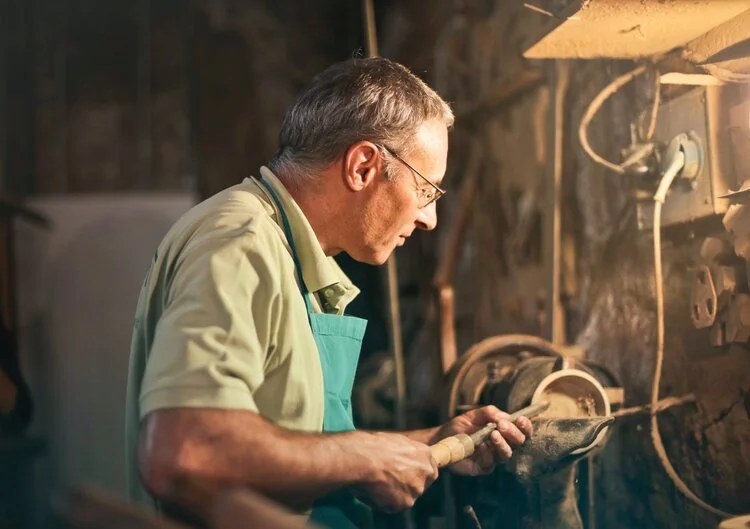Effects of Art on our Mental Health
Don’t Stress, Paint!
Effects of Art on our Mental Health
VISUAL ART CAN MAKE YOU FEEL ALIVE, YOUNGER AND MEDICALLY HEALTHY BY RELIEVING STRESS, OVERCOMING PAIN AND BOOSTING BRAIN CELLS. LET’S LOOK AT SOME OF THE EFFECTS OF ART ON OUR MENTAL HEALTH.
The mental health benefits of art include relieving stress for adults and kids throughout their life. Art and mental health can have a positive connection between them— artistic activities such as painting, sculpting, or drawing are known to promote mental calmness and lower stress levels. Art provides a relaxing distraction. Your brain gets into a natural flow and rhythm when creating art; worries are set aside as you focus on the detail of the art you are creating. The benefits of this artistic relief is one reason why creating art is used as a therapy for PTSD i.e. Post Traumatic Stress Disorder. Enter colouring books! Adult coloring books are a popular escape for people of all ages and are becoming popular day by day!
VIEWING ART INCREASES TOLERANCE, EMPATHY, FEELINGS OF LOVE
Art is an important tool for managing well-being. During the pandemic of Corona, many people were seen taking refuge into the comfort of art to keep themselves sane. It encourages mindfulness and gives us a meditative flow to go about our daily routine. Without art, we are all just calculative robots because human emotions are the base of arts and creativity.
ART EASES THE PAIN
Creative activities can help with chronic health conditions, relieve stress, aid communication, and help arrest cognitive decline.
The documentary film, I Remember Better When I Paint, sums up the findings of a growing body of research into the cognitive effects of making art. The movie demonstrates how painting and drawing stimulated memories in people with dementia and enabled them to reconnect with the world at large and at a personal level. People with dementia aren't the only beneficiaries of art. Studies have shown that expressing themselves through art can help people with anxiety, depression, or cancer, improve memory, reasoning, and resilience in healthy older people.
There, Art is a strong case to take your seniors to an art class or museum. It can enhance cognitive abilities and memory for people with serious brain disorders, such as dementia and Alzheimer’s disease. The process of creating visual art helps improve quality of life for patients with these conditions by giving them a source of pleasure, and promoting cell growth in the brain.
“The only time I feel alive is when I’m painting.”
— Vincent Van Gogh
ARTS CAN CREATE A FEELING OF COMMUNITY
Another reason that Art was famously used as an escape during Corona was because it was that prince who saved you from your tower of isolation. Art is known to create a feeling of community where none exists. It crosses the barriers of language and cultural difference and connects us with other people at a level that is universal in nature and purely human connection.
“In art, the hand can never execute anything higher than the heart can imagine.”
— Ralph Waldo Emerson
ART BOOSTS SELF-ESTEEM
You may stick your kids’ artwork on the refrigerator door to boost their self-esteem. Displaying your latest work of art can instill the same feeling in you. Dopamine has been called the “motivation molecule. When you create art, the feel-good neurotransmitter dopamine increases in your body. Art boosts drive, focus, and concentration, enabling you to plan ahead and resist impulses so that you can achieve your goals. Practicing art regularly, even as a hobby, can help boost your self esteem.
Make mistakes for arts-based fun:
Have fun. Make Mistakes.
It is okay to make mistakes in art. There is no concept of perfection. Everything that you can put meaning to, express and explain, can be justified as art. So no pressure. Let go of the stress and paint!

